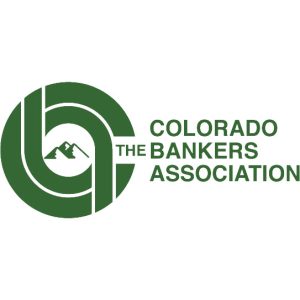An overdraft program that follows industry best practices can help build life-long loyalty. Is your bank putting its best foot forward?
According to the most recent survey from Bankrate, U.S. adults, on average, have held the same checking account for 17.75 years, with adults age 55+ keeping the same account for 24.6 years, on average. Many life events can occur in that length of time, including home purchases, starting a business, building savings and investing for the long term. And these are all life events that your bank can play a part in to build long-term relationships with your customers.
However, nothing happens overnight — sometimes, there are oversights along the way, like overdrafts. But you can have your customers’ backs in these times of need. When your bank offers an overdraft service that they can rely on during these bumps in the road, you’re laying a solid foundation for the future.
Tips for Offering a Consumer-Friendly Overdraft Service
People have more options than ever before when it comes to their banking needs — and there are likely a variety of offers tempting them to switch. One negative experience with your overdraft service could be why a customer walks away.
In order to offer the most consumer-friendly program, your bank should build its service around and for your customers. That means it should be:
- Easy to understand when it’s explained by your team or in written form
- Fully disclosed, clearly communicated and transparent so your customers do not encounter any surprises
- Compliant with all state and federal regulations and guidance
- Reasonable fees for your market
- Valuable enough for your customers to make it worth using
Invariably, your customers will have unintentional overdrafts, and when that occurs, they may need some support. Overdraft programs continue to be a valuable service for consumers, and your bank has the opportunity to fulfill an important need.
Stay Proactive and Prioritize Your Overdraft Strategy
The OCC and FDIC have both issued statements urging banks to take a closer look at their overdraft programs now if they haven’t already done so.
One of the critical areas includes a bank’s practices for clear disclosures surrounding “authorize positive, settle negative” (AP/SN) transactions and re-presentment fees. Plus, you’ll want to provide other alternatives and easy-to-understand options for your customers to avoid an overdraft fee.
To satisfy regulators (and consumers alike), it must be consumer-friendly, which starts with carefully reviewing your program through the lens of your customers. It’s putting them first. If you’re unsure whether your program meets and exceeds the expectations, take a closer look at your strategy and determine if there is a need to make changes.
Evaluating, diagnosing and implementing improvements is the easiest way to get your overdraft program back on track. Keeping your goals, your market and how your customers currently utilize it in mind, ask yourself:
- Are our fees reasonable?
- Do we offer an overdraft threshold (de minimis) to ensure customers do not get charged a fee unreasonably?
- Do we have an appropriate daily cap on fees?
- Do we offer a grace period that allows customers to bring their account positive and avoid a fee?
- Are our service disclosures clear, updated and readily available?
- Is our communication transparent and easy to understand?
- Does our staff receive the training necessary to properly explain the service?
- Do we have the resources and tools in place to run an effective and responsible program?
Redefining your overdraft strategy will ensure you can deliver on your mission to promote financial health and well-being for your customers. These and many other best practices can help you offer a responsible overdraft service that they can rely on.
Ensure Long-Term Relationships Stay in Focus
When you put overdraft best practices into motion today, you’re planting the seeds of trust that can grow into stronger customer loyalty through all stages of their financial journey.
Cheryl Lawson serves as the principal liaison for regulatory requirements of overdraft services, including consumer protection issues and strategies to enhance safety and soundness.
For more information and for help creating a successful overdraft strategy, visit www.jmfa.com/check-the-boxes to download the e-book, “Does Your Overdraft Program Check All the Boxes?” from JMFA. Or visit www.jmfa.com or call 800-809-2307.







